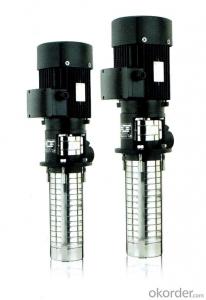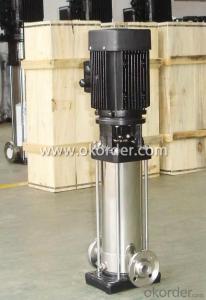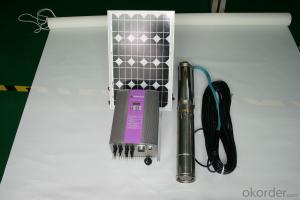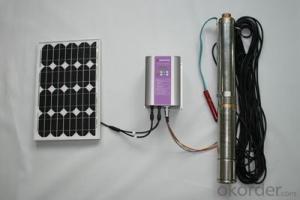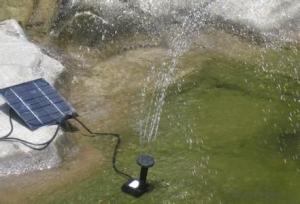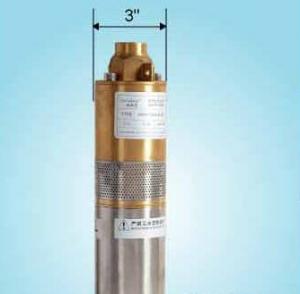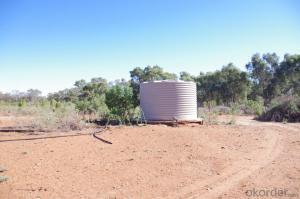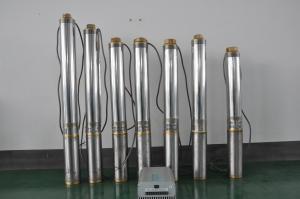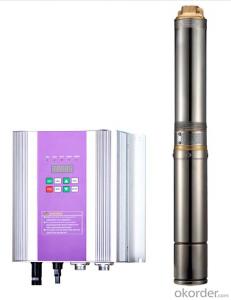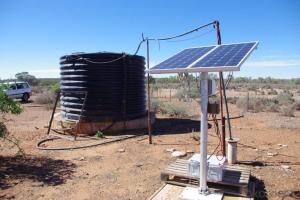Pump Inverter Solar
Pump Inverter Solar Related Searches
Best Stainless Steel For Knives Wd 40 For Stainless Steel Hole Saw For Stainless Steel Paint For Stainless Steel Stainless Steel For Bbq Step Bit For Stainless Steel Sponge For Stainless Steel Coatings For Stainless Steel Caulking For Stainless Steel Stainless Steel Box With LidHot Searches
Solar Hot Water Collectors For Sale 8 Inch Water Pump For Sale Solar Inverter For Split Ac Solar Inverter With Ac Outlet 1 Hp Solar Water Pump Price Jain Solar Water Pump Price Kirloskar Solar Water Pump Price Aluminum Ac Coil Scrap Price China Solar Ac Module Solar Pump Inverter Price Lorentz Solar Water Pumps Price Price Of Water Cooler Evacuated Tube Solar Collectors Price Lorentz Solar Pumps Price Cost Of Evacuated Tube Solar Collectors Buy Hot Water Bag Fish Tank Air Pump Price Aquarium Air Pump Price Air Pump Price Chlorine Dosing Pump PricePump Inverter Solar Supplier & Manufacturer from China
Okorder.com is a professional Pump Inverter Solar supplier & manufacturer, offers integrated one-stop services including real-time quoting and online cargo tracking. We are funded by CNBM Group, a Fortune 500 enterprise and the largest Pump Inverter Solar firm in China.Hot Products
FAQ
- The maximum depth from which a solar pump can extract water relies on several factors, including the solar panels' power, the pump's efficiency, and the level of the water table. Typically, solar pumps can withdraw water from depths spanning 100 to 500 feet. Nevertheless, certain high-powered solar pumps equipped with advanced technology can reach even greater depths, exceeding 1,000 feet. To accurately assess the solar pump's maximum depth capacity, it is crucial to take into account the specific specifications and capabilities of the model being utilized.
- Yes, a solar pump can be used for water supply in vineyards. Solar pumps are a sustainable and cost-effective solution as they utilize solar energy to power the pump, eliminating the need for electricity. They can be used to extract water from wells, rivers, or other water sources, providing a reliable water supply for vineyards' irrigation needs.
- Yes, a solar pump can be used in areas with limited access to skilled labor for installation. Solar pumps are designed to be simple and easy to install, requiring minimal technical expertise. They typically come with detailed installation instructions and can be set up by individuals with basic knowledge of electrical and plumbing systems. Moreover, solar pumps are often self-contained units that do not require extensive infrastructure or complex maintenance, making them suitable for remote areas with limited access to skilled labor.
- Yes, a solar pump can be used in areas with limited access to water demand. Solar pumps are ideal for such areas as they operate using renewable energy from the sun, eliminating the need for grid electricity or fuel. They can be used to extract water from wells, boreholes, or even rivers, providing a reliable and sustainable water supply for various purposes such as irrigation, livestock, or domestic use. The versatility and efficiency of solar pumps make them a suitable solution for areas with limited water access.
- Solar pumps are designed to handle fluctuations in voltage or power supply efficiently. They typically have built-in voltage regulators that stabilize the power input, ensuring a consistent and reliable operation. Moreover, solar pumps utilize direct current (DC) motors, which are more tolerant to voltage fluctuations compared to alternating current (AC) motors. This allows them to continue functioning effectively even if there are minor variations in the power supply.
- Yes, solar pumps can indeed be used for livestock watering. Solar-powered water pumps are an excellent solution for providing a reliable and sustainable water source for livestock. These pumps use solar energy to power the water pump, eliminating the need for electricity or fuel. They are cost-effective, environmentally friendly, and can be easily installed in remote locations where traditional power sources might not be available. Overall, solar pumps are a great choice for livestock watering, promoting self-sufficiency and reducing operating costs for farmers.
- Yes, there are special considerations for installing a solar pump in sandy or dusty environments. The presence of sand and dust can pose challenges to the efficiency and longevity of the pump system. It is important to choose a pump that is specifically designed for such environments, with features like sealed motor enclosures and dust filters to prevent damage from sand and dust particles. Regular maintenance, including cleaning the solar panels and filters, is also crucial to ensure optimal performance in sandy or dusty conditions. Additionally, proper positioning of the solar panels to minimize exposure to blowing sand and dust can help prolong the lifespan of the system.





